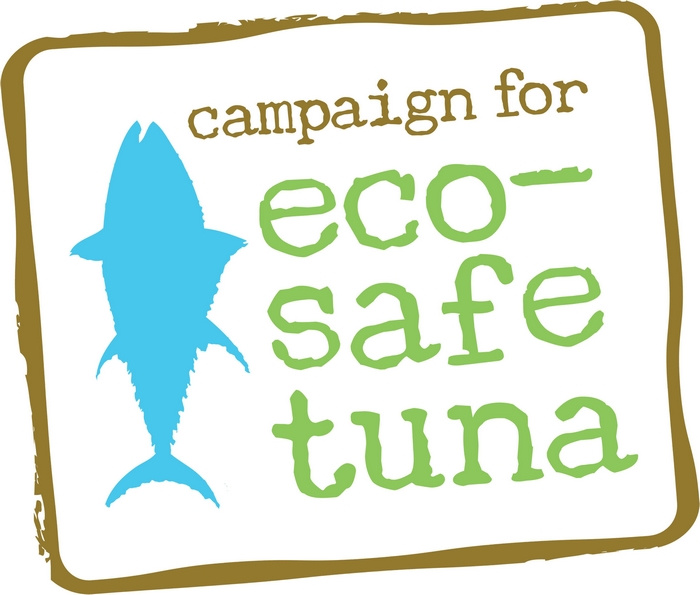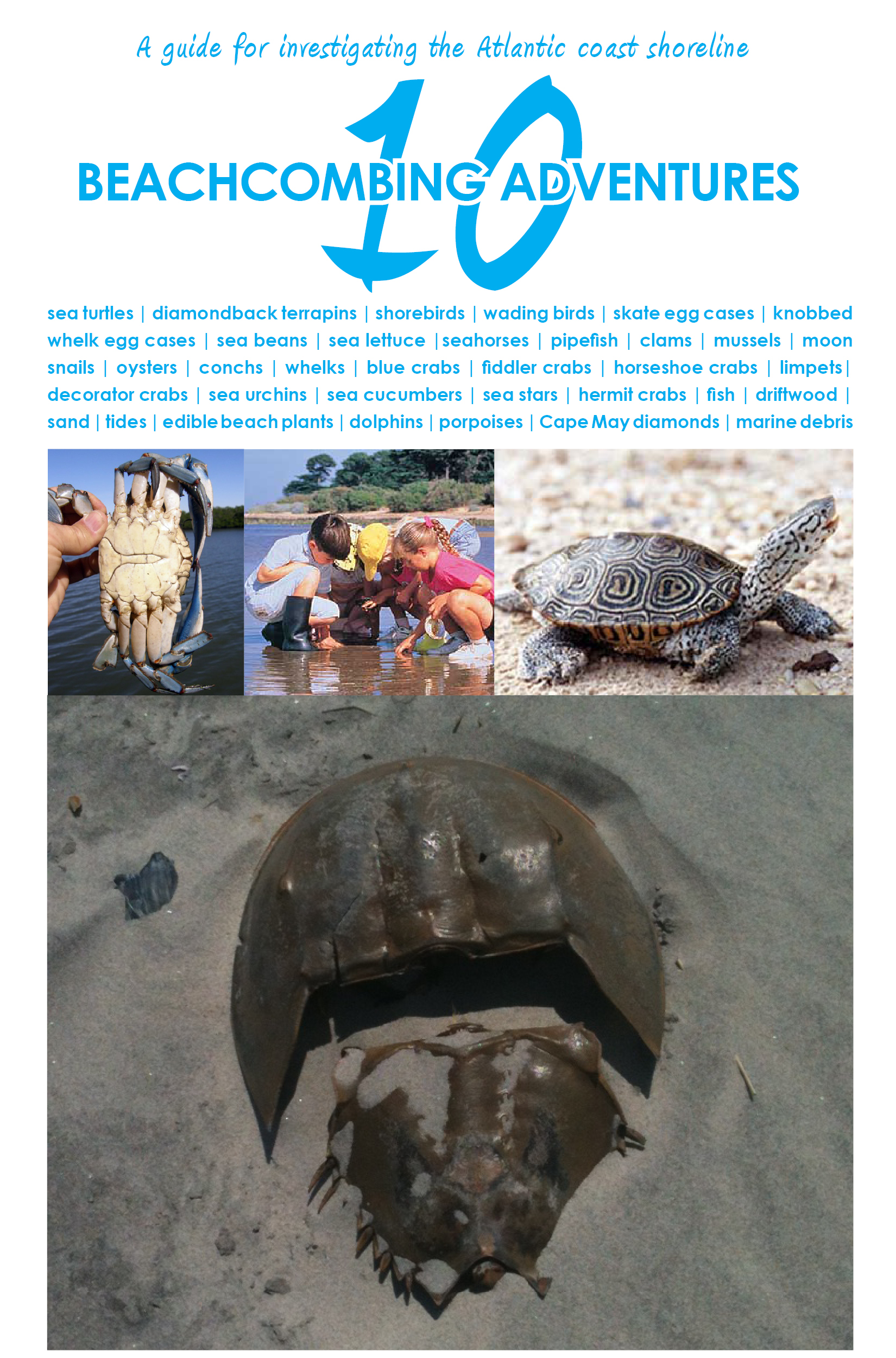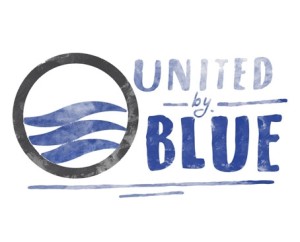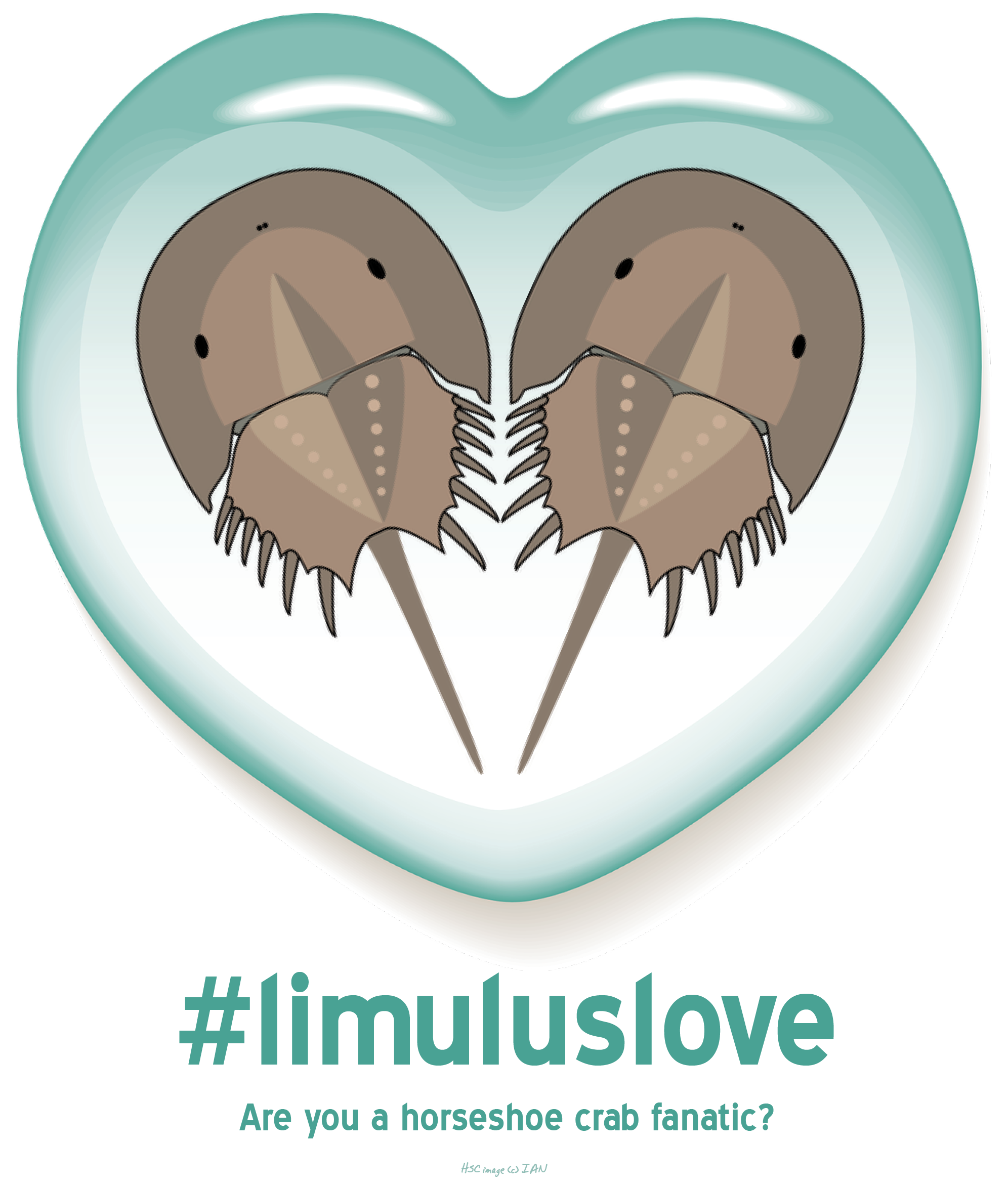Marine & Freshwater Environmental Education
Follow BCS on Twitter
My TweetsWant updates on BCS posts?
Scroll through the BCS archives …
Learn more on …
Random posts from BCS …
It’s as easy as A, B, Sea: U for Upwelling
Upwelling is the phenomenon of wind moving surface waters thus to make way for cold, dense water that comes from the bottom of the ocean. It seems to most often happen on the west coast of continents. That is why you typically need a nice wet suit all year round to go surfing in California.
10 techniques for science bloggers to discover inspiration
I’ve been blogging for five years and lately what has happened is that I’ve been fortunate to share my successes and challenges with other people. Fresh off the plane from Science Online Oceans (the most unconventional, inspiring, and interactive conference I’ve ever attended – loved every minute!), I noticed a reoccurring challenge that other online […]
5 not-so-ordinary ways to get energized for Earth Day
We can go outside again! We can go outside again! Halleluiah! It’s a miracle! And, just in time for National Environmental Education Week (April 13-19), Earth Day (April 22), and Arbor Day (April 25). But, are you ready to throw your hands up in the air at the annual celebration to take care of the […]
Sherman’s Lagoon
In case you have not had a chance to check it out you may want to investigate Sherman’s Lagoon, a comic strip by Jim Toomey. Jim uses Sherman, a shark, and his band of misfit friends (a shrimp, a sea turtle, among others) to bring to light their view of the anthropogenic impacts on the […]
A naturalist’s must-see destination: Cape May County (and, the rest of south Jersey)
Earlier this year I was happy to see that the federal government had awarded New Jersey a $1 million grant to protect the ecologically sensitive wetlands in Cape May County (“Where Nature Smiles for 30 Miles” and where my hometown is located). The New Jersey Department of Environmental Protection (DEP) will use the money to […]
Molly Malone’s cockles and mussels
On the way home from work yesterday I had a driveway moment and could not stop listening to a story on All Things Considered on the benefits of forgoing the pub this Sunday and instead preparing some heartwarming Irish food at home to celebrate Erin go bragh. The story featured a recipe – Molly Malone’s […]
A seal on the shore isn’t always stranded
It’s critical that you do not disturb seals when viewing. All marine mammals (e.g., seals, whales, walruses, porpoises, dolphins) are federally protected under the Marine Mammal Protection Act. If you do see an animal in distress contact your local member of the Northeast Region Marine Mammal and Sea Turtle Stranding & Entanglement Network.
Can you tell what type of whale is under the surface by the spray it produces above the surface?
Yes. For instance, the sperm whale will blow forward and to the left. The vapor will be about 6 feet tall. Right whales and bowhead whales will have a v-shaped blow. The right whales will be about 15 feet tall while the bowhead whales will be higher at 21 feet tall. Humpback whales have a […]
No more fish in the sea
From Good (an on-line web magazine dedicated to enabling individuals, businesses, and non-profits to push the world forward) an infographic detailing the decline of popular fish species in the last 50 years. The Food and Agriculture Organization of the Untied Nations calculates how many fish are left in the ocean by counting how many fish […]
How have horseshoe crabs been able to remain unchanged for centuries?
In case you have not had the opportunity to get your hands on the new book, Horseshoe Crabs and Velvet Worms, about animals that have remained unchanged through time (Richard Fortey) here is a video from the BBC on how the horseshoe crab has been able to survive through the ages. I am particularly fond […]
Flickr photos …
What people are saying …
- Robert Emahiser on Why you should never walk on dunes
- Lesa on 10 brief facts on bioluminescence
- Lisa on Limulus Love
- Beach Chair Scientist on 17 facts about the wee sea potatoes
- Bernard Rejterada on 17 facts about the wee sea potatoes
- Brian on What is the difference between a summer and winter flounder?
- Inbound marketing on 15 facts about the Portuguese man-of-war that’ll have you saying “Didya know…?”
- Donnie Huckabee on Wordless Wednesday | Shell art
- John on Why you should never walk on dunes
- ItzJaylaD on What I know about whale sharks
Top posts & pages from BCS …
- Hurricane vs. Cyclone vs. Typhoon
- A House for Hermit Crab
- How to handle a horseshoe crab
- Snot's your house
- Wednesday Wisdom: Various quotes (Alaska scenes)
- A naturalist's must-see destination: Fossil Hunting at Bayfront State Park in Chesapeake Beach, MD
- Belly biology creates lasting memories
- Five awful puns about courtship in the sea
- Horseshoe crabs confirmed as members of arachnid family
- Beyond the bag: Other plastics being banned







Speak Your Mind